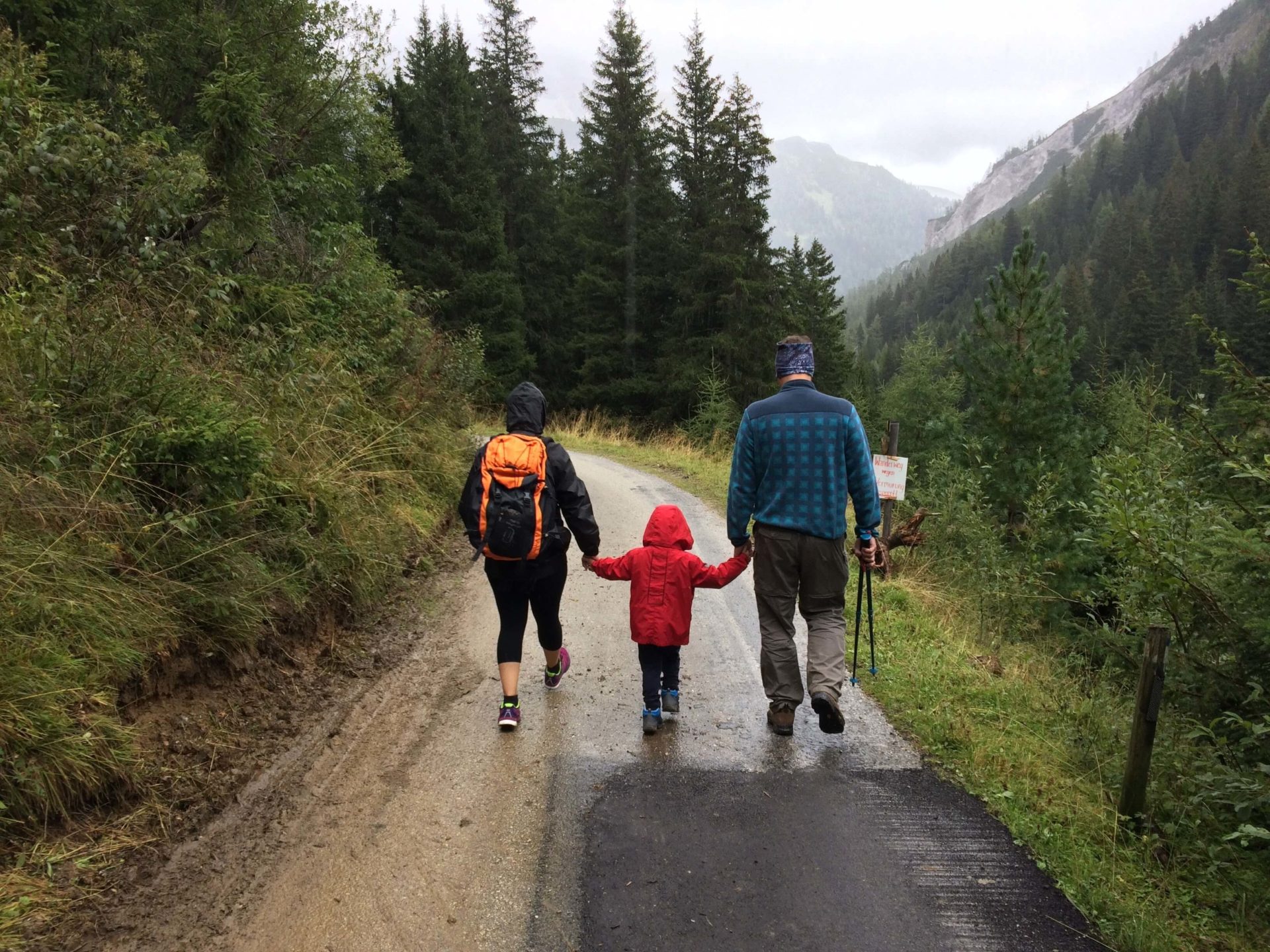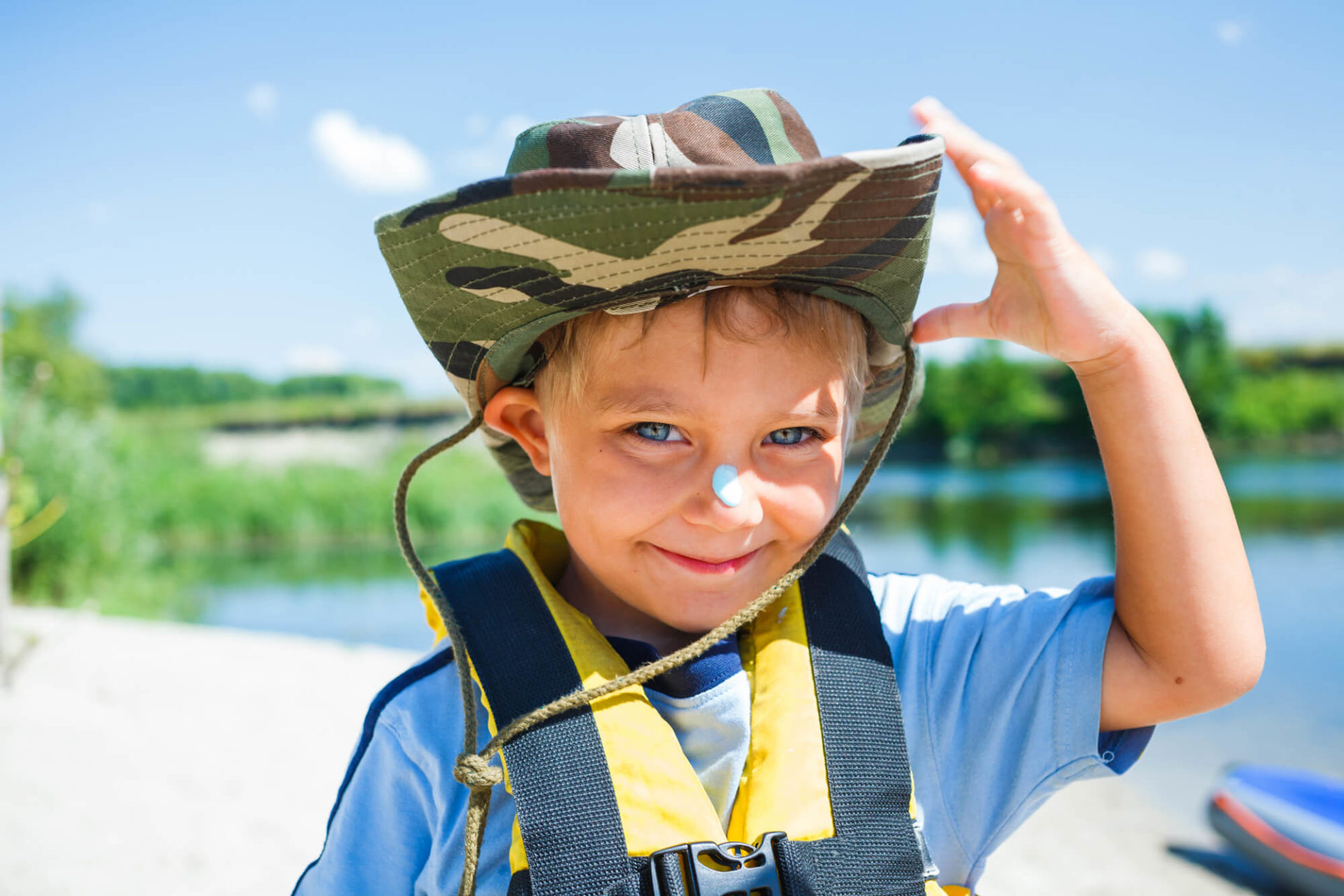Fireworks are one of the most spectacular outdoor shows. They produce beautiful bursts of colors that take a variety of shapes. My question has always been “how do they work, how do they turn into colors in the sky, how do they explode and why can the cause injuries and sometimes even death?
So, I guess first I needed to find out what is inside a firework. Inside most fireworks is a small tube called an aerial shell that contains explosive chemicals. The lights, colors, and sounds that you hear and see all come from these chemicals. A shell is made of gunpowder, which is a well-known explosive, and small amounts of explosive materials called stars. These stars give fireworks their color when they explode. What we see and hear is the explosion of the stars. Depending on the shapes and sizes of the stars, different colors and patterns will be seen and heard.
As you can see, fireworks are beautiful, but due to the gunpowder and explosive materials in the stars, they can also be very dangerous. Imaging lighting a fire an inch from your face and then having the sparks explode and land on you. Lighting a firework can do the same thing – it can explode, sooner than you expect it to explode and/or with a larger “bang.” As someone who knows how bad a burn can hurt, I do not ever want to take a chance to be on the wrong end of a firework when it goes off. I have seen people get burned, I have seen the sparks light hair and cloths on fire, I have known people whose ears are hurting from the sound of the explosion.
There is fun and alternatives to help keep yourself and other safer this 4th of July. Attend a show that is run by trained professionals and sit far back from the lighting area. Give the children glow sticks and let them play with those rather than lighting off even small fireworks. Create other fun activities and participate as a family. No matter what your choice is, this writer recommends that you think about your choices this year and hopes that you all stay safe.

